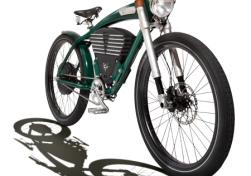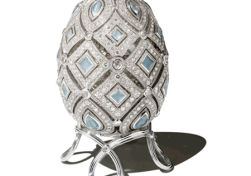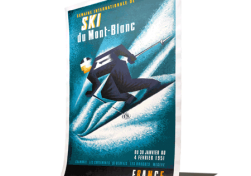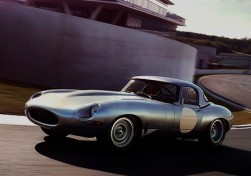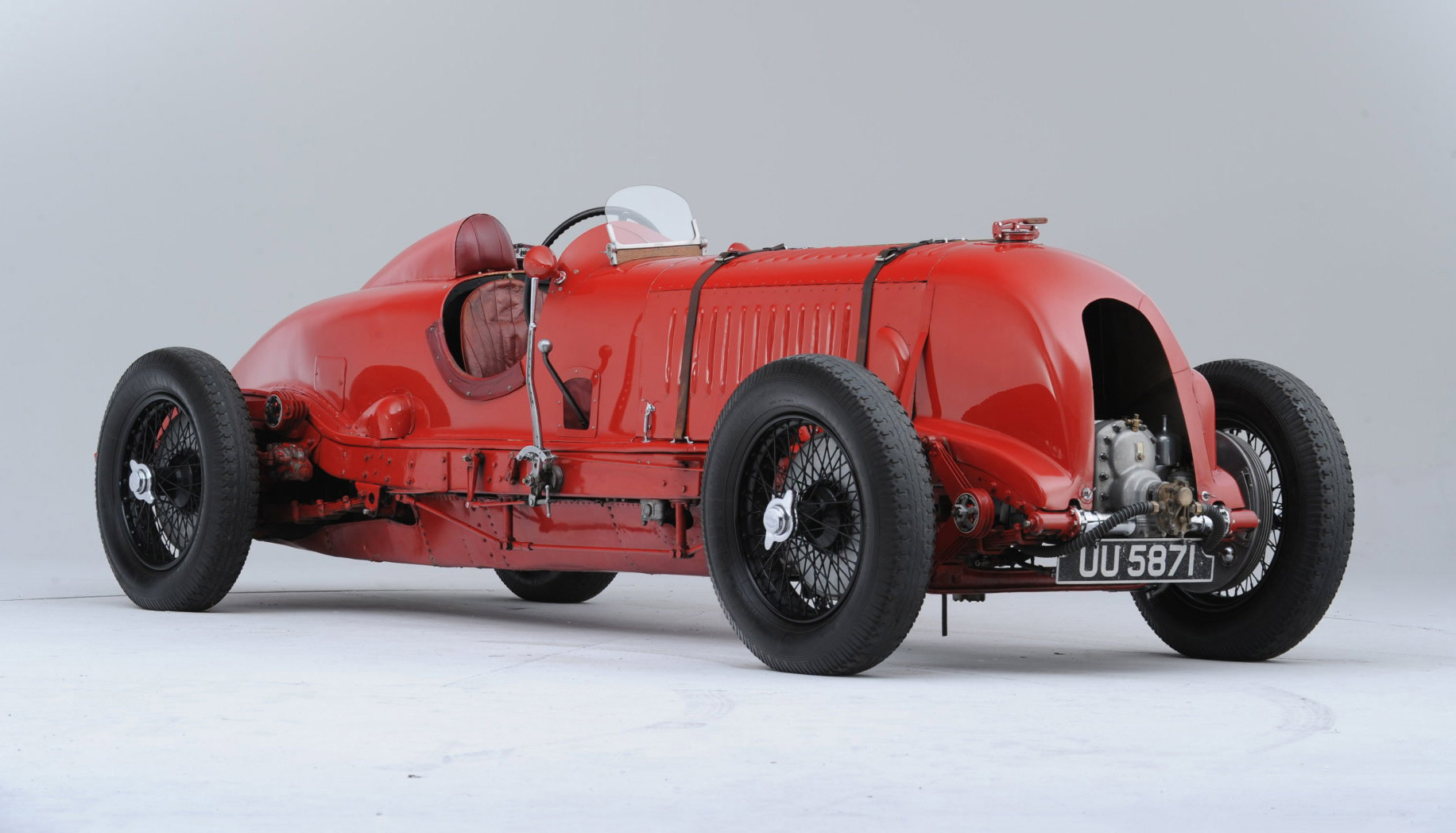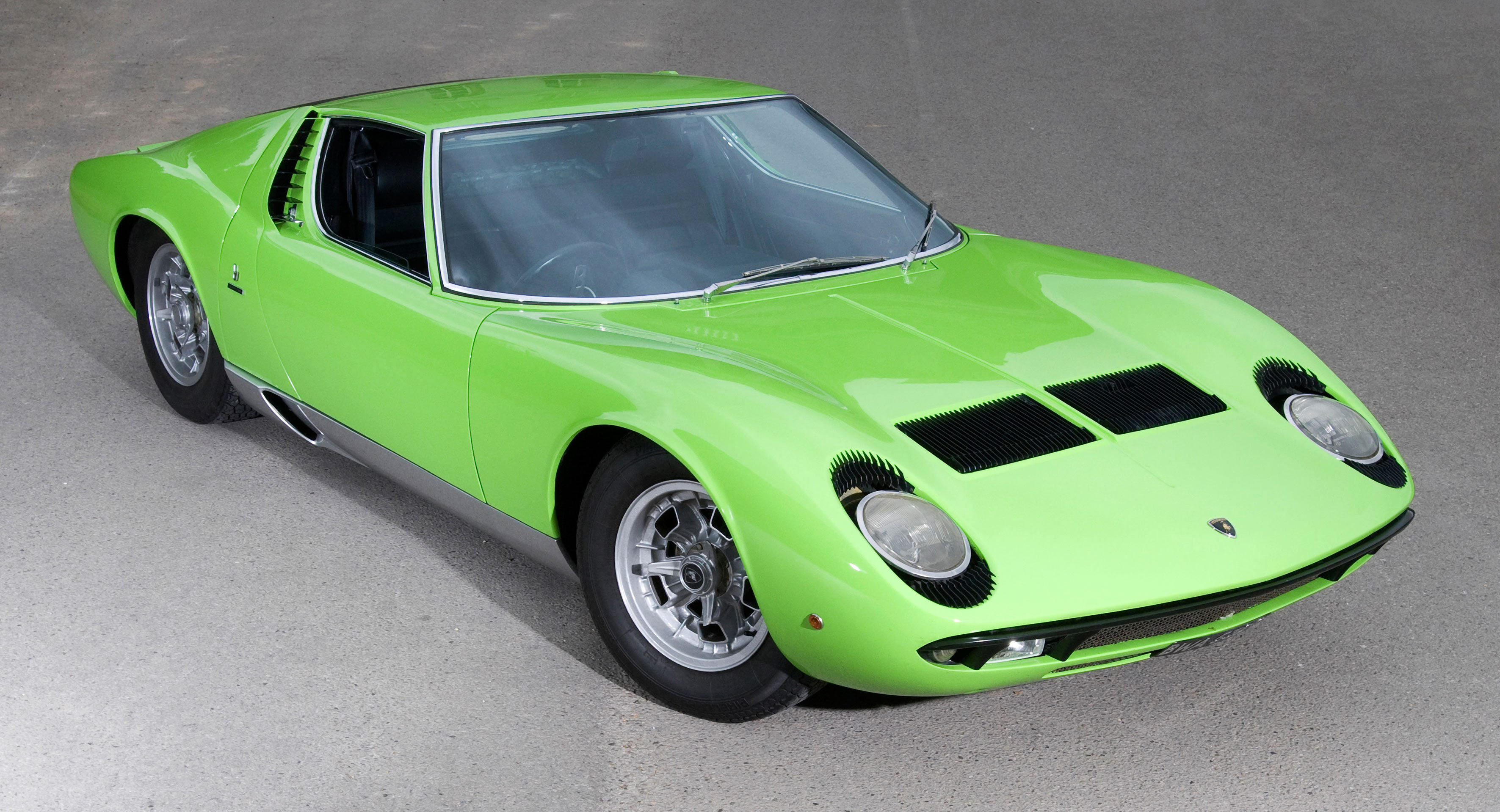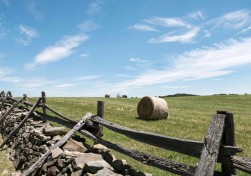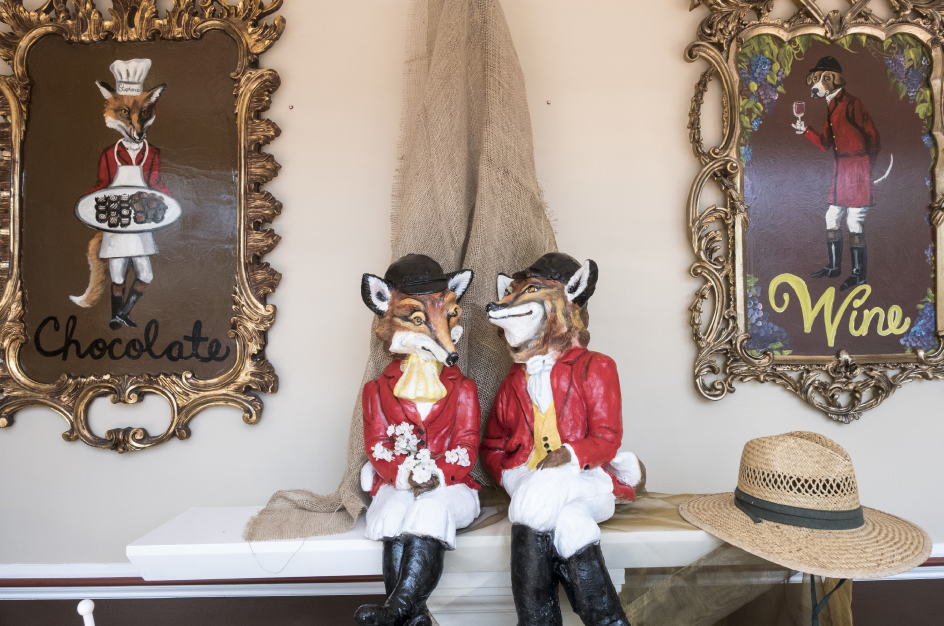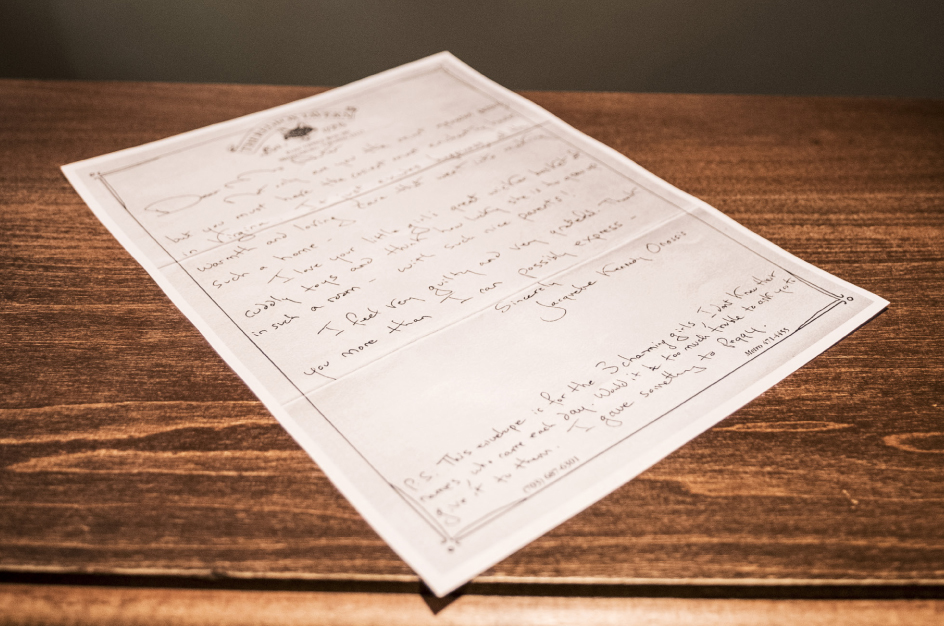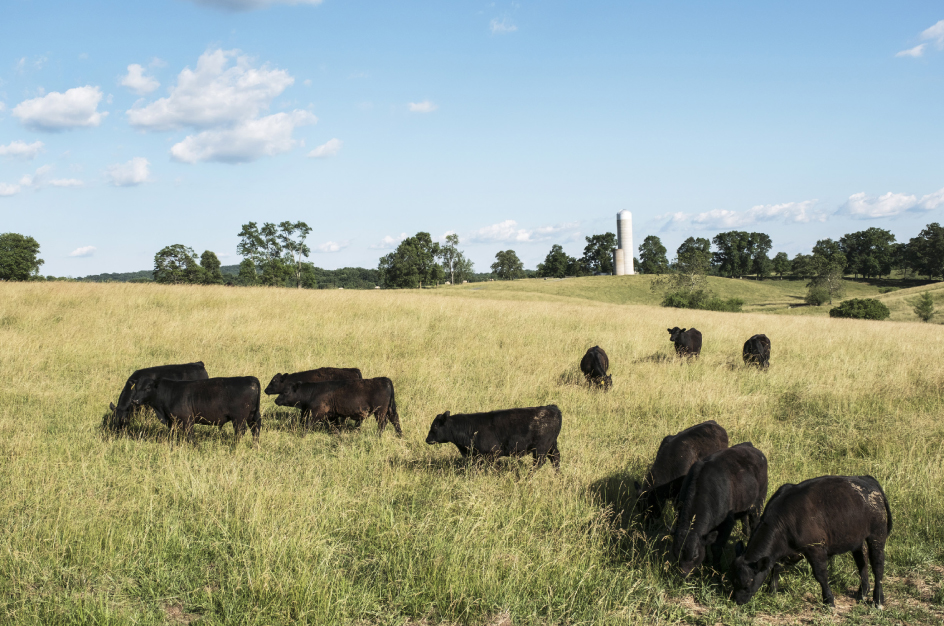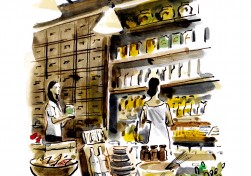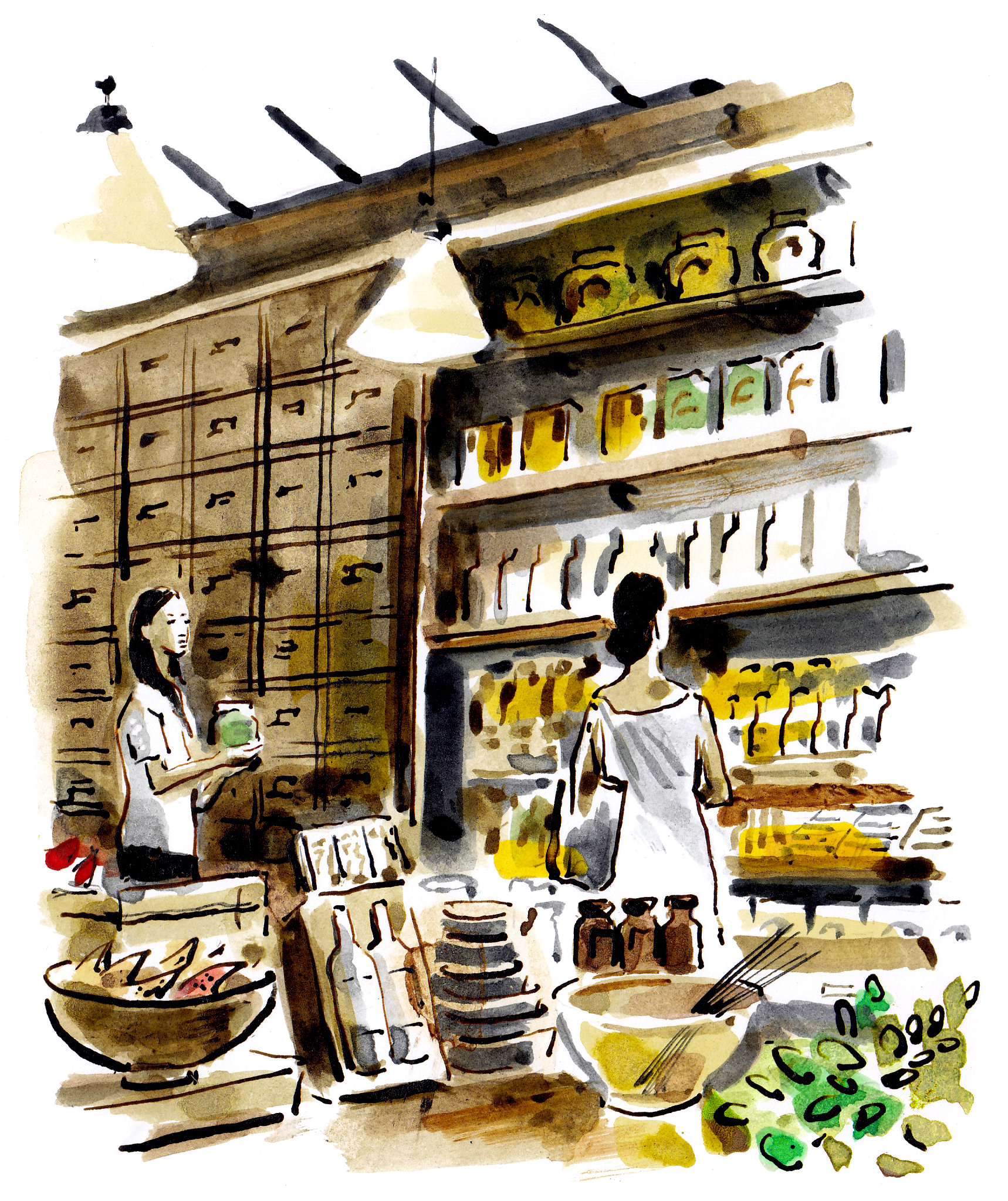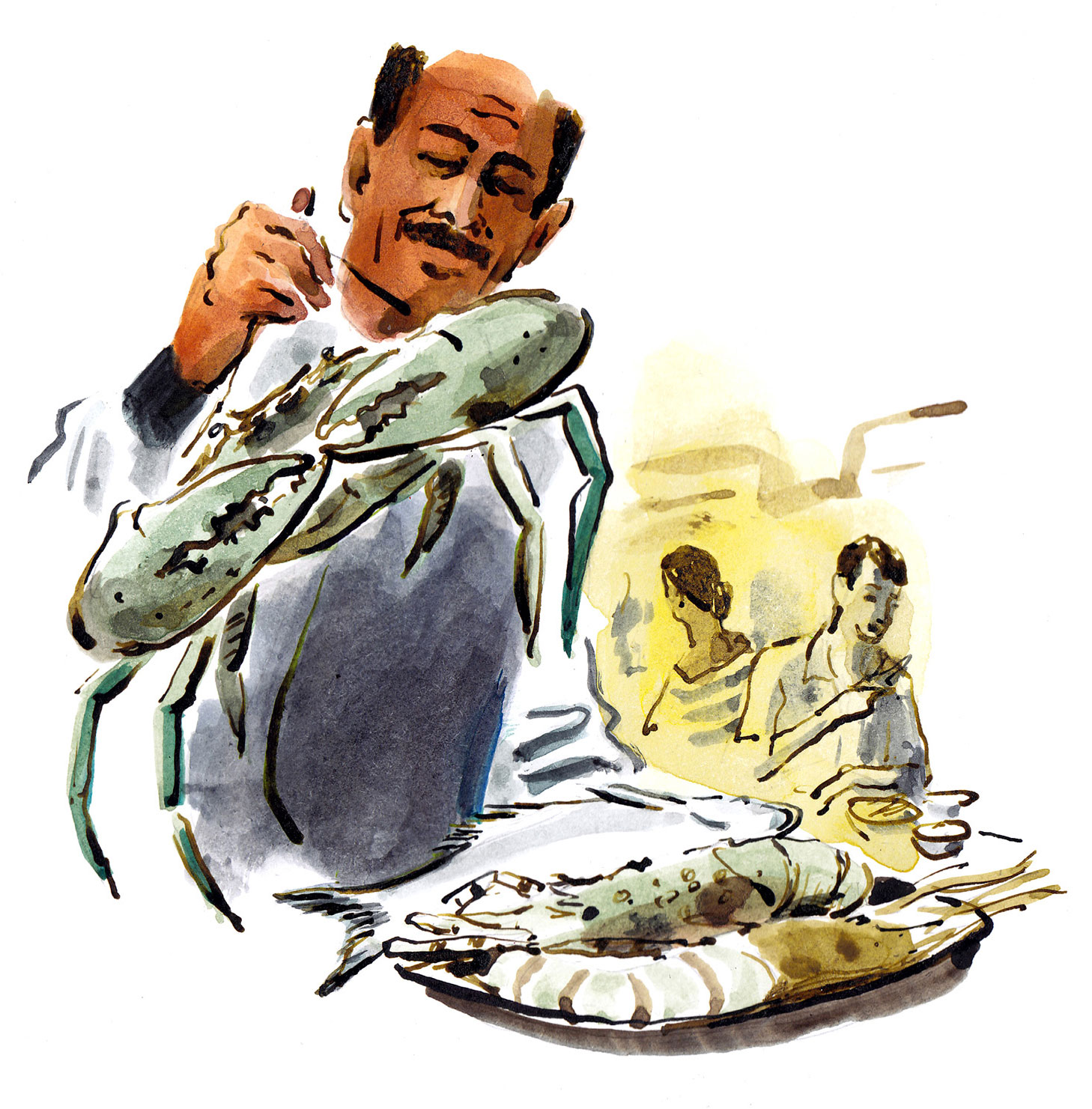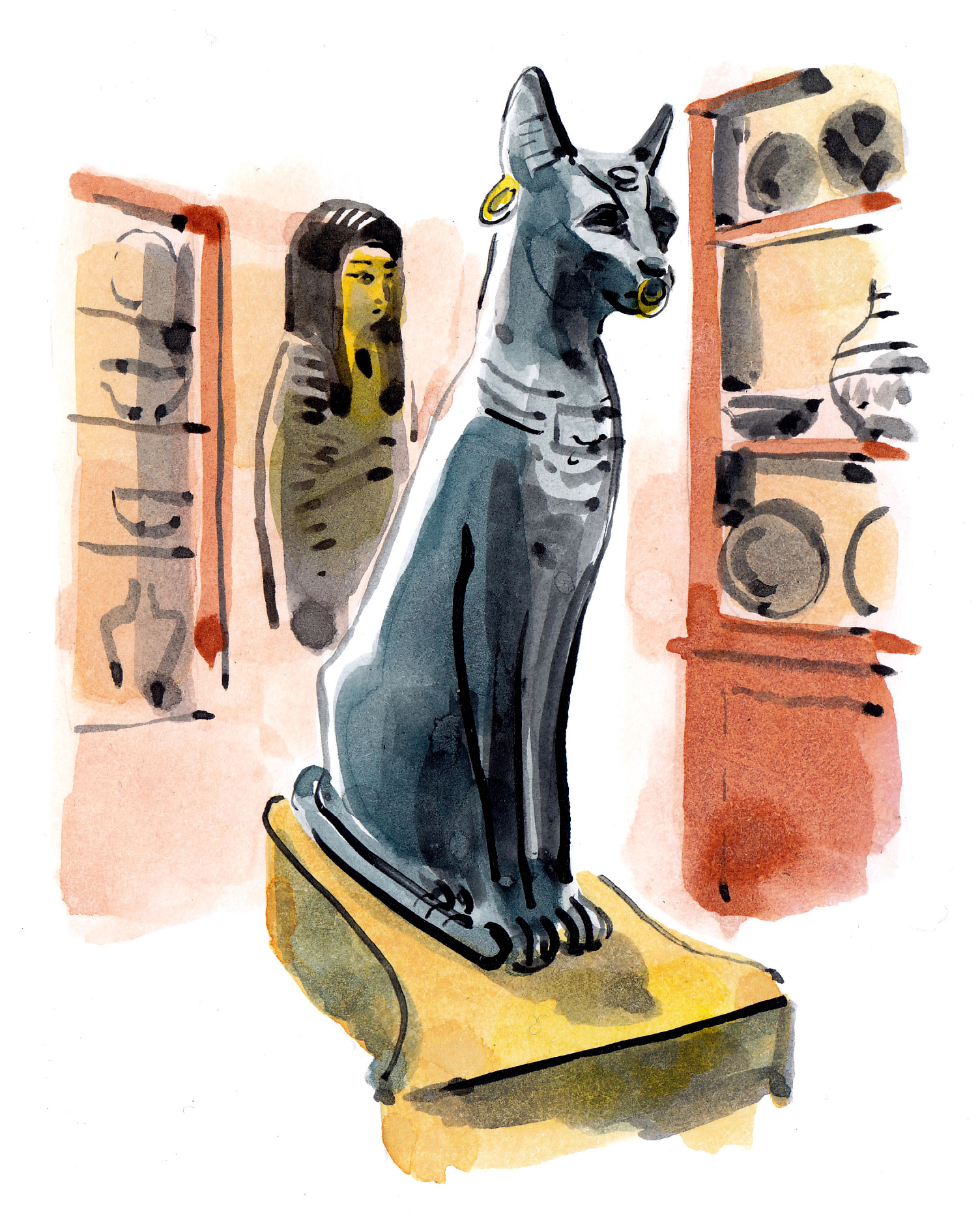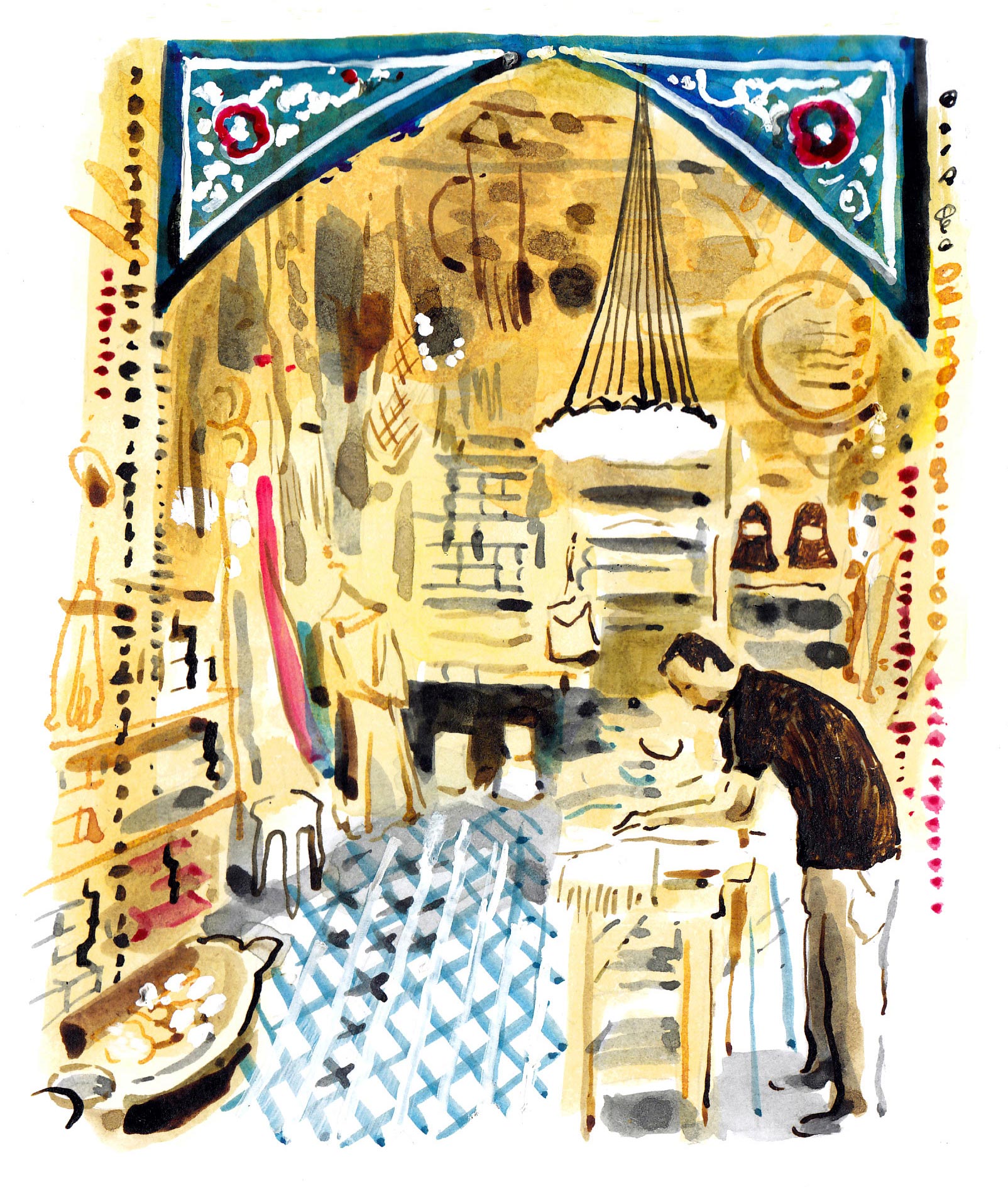It’s 30 years since Paul Simon released his iconic album Graceland, which featured the song Diamonds On The Soles Of Her Shoes. And while this surreal footwear concept is yet to be fully realized (to our knowledge), this season has seen something similar on the catwalks: the embellished heel. To accommodate dramatic decorations, the styles have been quite substantial (like the block-heel Aquazzura Cleopatra sandals pictured), but this trend is less about the heel shape and more about what’s on them – from Miu Miu’s bejewelled stilettos to Charlotte Olympia’s wedges with metallic cogs and wheels, and Sophia Webster’s rainbow-hued collections with pom-poms and raffia fringes. Dolce & Gabbana have trumped them all, though, with Mary Janes boasting doors on the heel that open to reveal a beaded heart: shoes that even Liberace might have deemed “a little on the flamboyant side”. Generally speaking, though, this trend has been most successful when it has focused on clear gems. Proof, perhaps, that like the heroine of Simon’s song, you can be bling from your head to your feet. aquazzura.com
For anyone concerned about the environment, electric-assisted bicycles are the future of urban transportation. Combining pedal-power and electric drive, they are emissions-free and require minimal exertion. We’re now seeing a new breed of curvaceous creations such as the Vintage Electric “Tracker”, pictured. Based in California, Vintage Electric began making e-bikes inspired by 1920s racing motorcycles three years ago. “I built the first one in my parents’ garage, started riding it around and everybody wanted one,” founder Andrew Davidge says, “so I decided to give it a shot. My second design, the Cruz, was inspired by California beach cruisers.” Davidge’s creations, with a top speed of 36 mph and a range of 35 miles, have been snapped up by everyone from Silicon Valley CEOs to the Prince of Monaco. And the sector received a further boost in January when Californian legislation came in distinguishing e-bikes from mopeds, so they no longer require a license and insurance. “With an e-bike, you can often get to places quicker than in a car,” says Davidge. “They will radically change how people get from A to B.” vintageelectricbikes.com, fullycharged.com
This year marks 100 years since Peter Carl Fabergé, goldsmith to the Russian Imperial Court, delivered his last Fabergé Imperial Egg. The Russian Revolution brought an abrupt end to the House of Fabergé, with the artist-jeweler and his family forced to flee Russia. Founded in 1842, the House was famed for the series of Imperial Easter Eggs created for the Russian Imperial Family between 1885 and 1917. The first, the Hen Egg, was commissioned by Tsar Alexander III in 1885 as a surprise for his wife. Crafted from gold, it contained a golden hen and a tiny diamond replica of the Imperial Crown, its presentation inaugurating an annual event that continued for 31 years. In 2007 the company was reborn, crafting exquisite jewelry and watches. Of the 50 eggs Fabergé made for the Russian Imperial Court, 43 have survived, and now the company has revived the tradition, launching a series of Fabergé Four Seasons Eggs. The four-inch-high Winter Egg pictured comprises 6,676 diamonds and 44 aquamarines, and opens to reveal a bespoke jeweled surprise. Definitely a gift fit for an empress. faberge.com
Houseplants were once considered woefully uncool among the young and hip. Anyone with a hectic social life would surely find it impossible to find time for plant-watering, and owning a yucca might hamper one’s ability to jet off to Berlin at the drop of a hat. But now hipsters from Williamsburg to The Mission have embraced the houseplant, with one proviso: it must thrive on neglect. Enter the succulent, a plant that positively demands not to be watered. Succulents come in a dizzying array of shapes and colors, and most evolved with water-storage tissues that allow them to survive in the dry environments with minimal sunlight found in most homes. The most popular are from the Crassulaceae family, like those pictured. And no Williamsburg windowsill is complete without a “terrarium”, a Victorian invention that creates a microclimate for houseplants. New Yorkers can visit Adore Floral to “custom-pair” succulents with stylish vessels, while San Francisco’s Flora Grubb Gardens organizes “potting parties”. The houseplant, it seems, is here to stay. adorenyc.com, floragrubb.com
In January, a 1934 poster advertising alpine resort Gstaad sold at auction for nearly $108,814 – a world record. The sum paid came as a shock even to Christie’s, who had offered a guide price of $15,000. Christie’s holds sales of vintage ski posters twice a year, and the prices have been rising steadily. Originally printed in runs of 1,000 or 2,000, they provide a visual record of the development of resorts from Chamonix to Aspen. London antiquarian bookseller Henry Sotheran Ltd. began specializing in trading vintage ski posters (such as the 1951 poster by Edward Lancaster pictured) ten years ago, and now organizes an exhibition every November. According to Richard Shepherd of Sotheran’s, the posters are growing ever more popular: “They were often thrown away at the end of the season, so few survive in good condition.” The posters typically fetch around $1,000 – and while some buyers are drawn to them for their investment potential, Shepherd puts the posters’ popularity down more to their romantic quality: “They’re a wonderful reminder of a golden age of travel.” sotherans.co.uk
Black food is one of the more unusual trends to hit the blogosphere this year. The seeds of this phenomenon were perhaps planted in 2015 with Burger King Japa’s Kuro Burger, tinted with bamboo charcoal. Since then, culinary mavericks have displayed their own take on the trend, from Melbourne bakery Lune’s squid ink and cumin croissants, to the black ice cream at Morgenstern Finest Ice Cream shop in New York. For most foods, the inky colour is achieved using coconut-shell ash, squid ink or food coloring. In some cases, however, it comes from charcoal powder; there’s even a restaurant in Indonesia, Black Pempek, a “pioneer of black charcoal”, offering several sooty-looking dishes. Of course, enjoying these requires a change of mindset, as our brains have been trained to view black as signifying burnt food. But in the case of one delicacy, the cool factor is matched by health benefits. These black King Soba noodles, pictured, are made from deep purple and black grain rice – rich in minerals and fiber, with a deliciously nutty flavor. Black food… coming soon to a plate near you.
As Vogue reported this year: “No matter how many we encounter, there is just something about a sunset that ignites the imagination. And this has got designers thinking, too; from yellow to fiery orange and cinnamon, there isn’t one color this spring but an ombré of glowing sunset hues. ”After decades in the fashion wilderness, it seems orange is suddenly the color du jour. Sunset hues have been turning up in fashion and interiors features with a regularity not seen since the pop art-inspired days of the 1960s. With color specialist Pantone singling out shades of red as key colors for this year and next, expect to see plenty of bold fabrics. Already spotted on the catwalks of Fendi and Hermès, oranges and warm reds look set to reach their peak in 2017. And the teaming of burnt amber with deep blue – the ultimate sunset combination – was a highlight on the Céline runway and has been seen on prints by Victoria Beckham. This vibrant palette is all about projecting a sense of confidence, action and positive non-conformism. Our guess is, we’ll be seeing more of it. After all, who doesn’t love a sunset?

